By S. Akaiti
“E lele le toloa ‘ae ma’au ‘i le vai” – The albatross flies but always comes back to its home, the water pond.
(Lilomaiava-Doktor, 2015, p. 66)
Dr. Luafaatali’i Luamanuvae Sa’iliemanu Lilomaiava-Doktor, a Tama’ita’i Samoa (Samoan Woman) and a patriot to the teachings and learnings of her ancestors, utilises fa’a-Samoa as a pivotal catalyst in her research. As a Pacific Thinker, Lilomaiava-Doktor’s (2004) ‘conceptual framework’ commences with fa’a-Samoa.


What is fa’a-Samoa?
fa’a-Samoa – the indigenous epistemology of Samoa or, as defined by Lilomaiava-Doktor, “[a Samoan] way of Life, a way of seeing, in the Blood and in the Body” (2004, p. 15).
Furthermore, Lilomaiava-Doktor (2004) depicts fa’a-Samoa as a ‘lived experience, a doing culture’ that consists of fa’a-matai (chieftainship system), ‘aiga fanua (land), ‘aiga (family and kinship), fa’alavelave (lifecycle events), alofa (love), fa’aaloalo (respect), tautua (service) and va fealoa’i (sacred relations). Moreover, she elucidates fa’a-Samoa as an ‘intellectual tool’ (Lilomaiava-Doktor, 2004) that conceptualises a holistic approach to understanding the ‘interactive relationship’ between malaga (movement), ‘aiga (family and kinship), identity, culture, transnationalism, place, and the diasporas of Pacific Peoples (University of Hawai’i West O’ahu, n.d.).
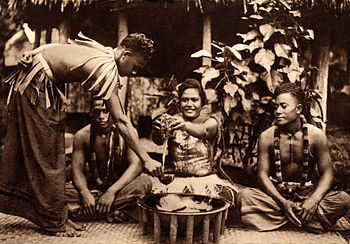
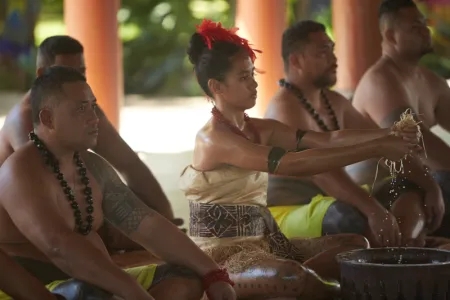
Despite the Western view of emigration, fa’a-Samoa embodies the essence of malaga, ‘movement back and forth’ (Lilomaiava-Doktor, 2015). Pacific Peoples migrate predominantly to acquire higher education and a better living to support families and villages in their ‘home’ countries in the Pacific (Lilomaiava-Doktor, 2015). Lest we forget, there is no “I” in fa’a-Samoa but rather in the word ‘village’ and ‘community’; therefore, being of service (tautua) to families and communities enables a sense of belonging, comradery, and alofa (love). Thus, juxtaposing the intent of permanently leaving as emigration suggests.
Relative to malaga, Lilomaiava- Doktor employs fa’a-Samoa to refute the notion that Pacific Peoples who are physically relocated from their land of heritage are ‘rootless’ and ‘unbound’ (Lilomaiava-Doktor, 2005). She conveys that the interactive relationship with ‘place’ is tangible and profusely intangible. The spiritual and emotional connection of attitudes and ideologies is engraved into how Pacific Peoples view themselves, their identities, and like malaga, their place of responsibility as a member of the ‘aiga (family) ma le nu’u (and village) irrespective of their location and duration away from home (Lilomaiava-Doktor, 2004). Lilomaiava-Doktor herself exemplifies this concept as a Tama’ita’i Samoa working and residing in Hawai’i, with her research interests rooted in fa’a-Samoa (University of Hawai’i West O’ahu, n.d.).

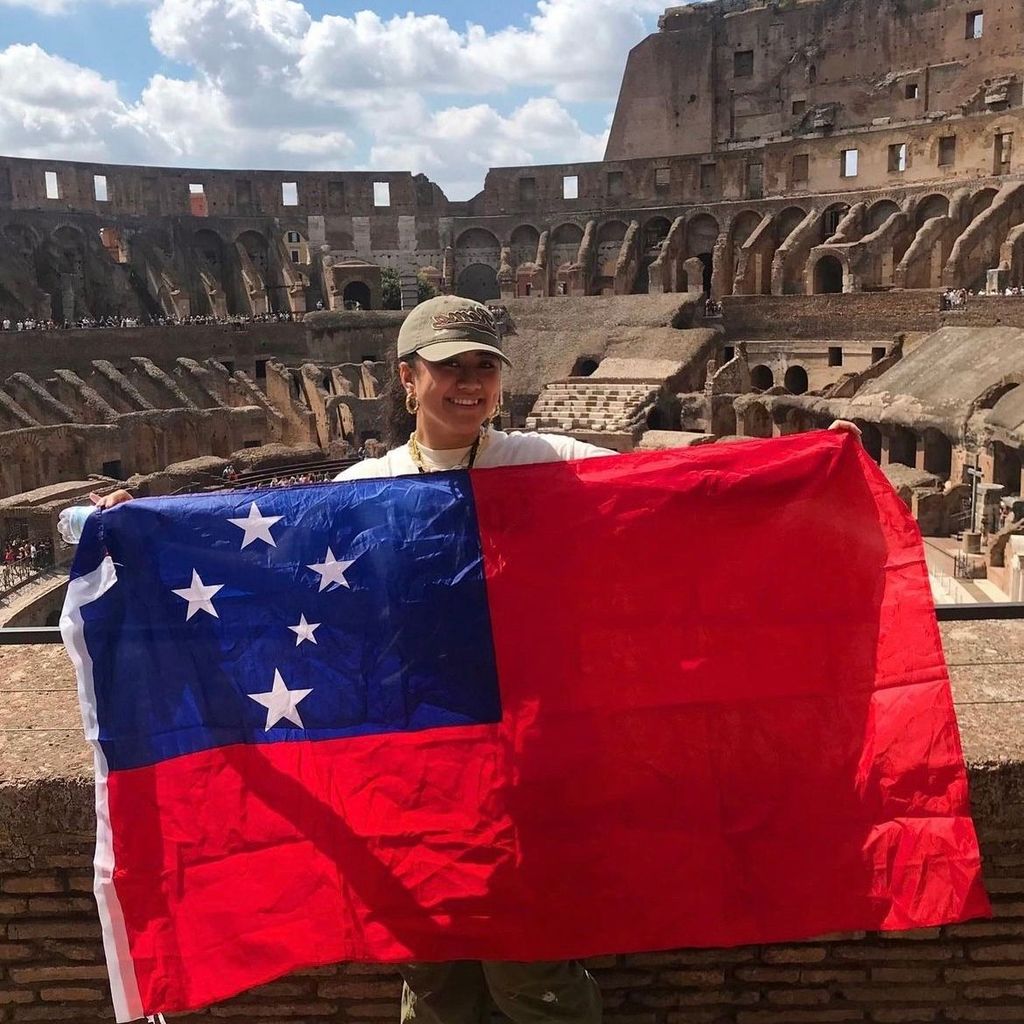
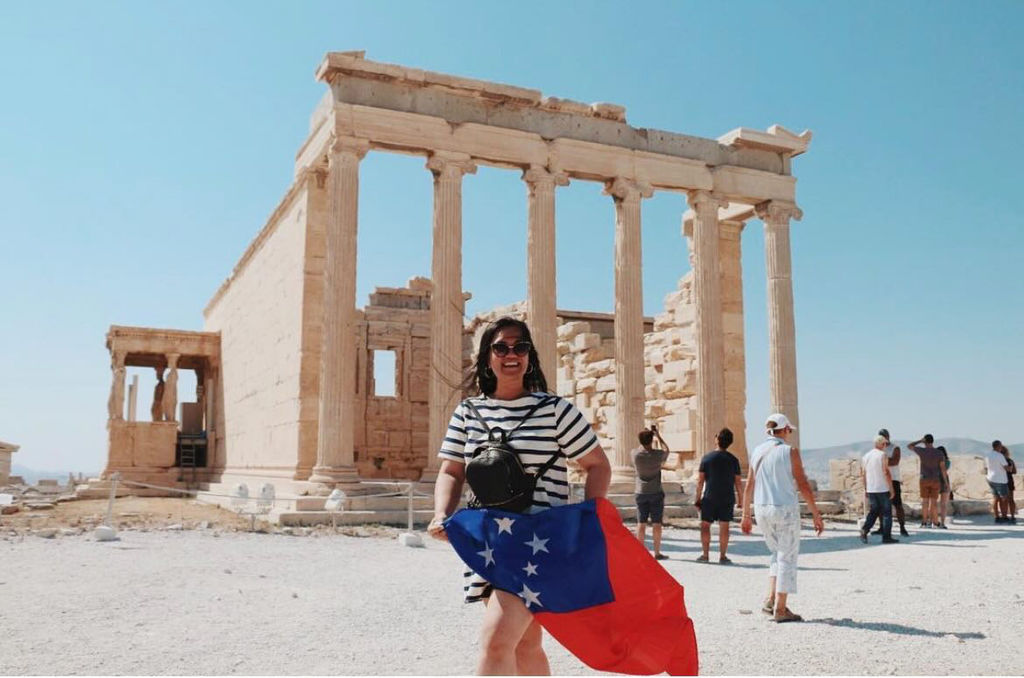
At length, the profound Samoan proverb:
“E lele le toloa ‘ae ma’au ‘i le vai” – The albatross flies but always comes back to its home, the water pond.
(Lilomaiava-Doktor, 2015, p. 66)
Encapsulates the fundamentality of fa’a-Samoa in the research and life of Dr Luafaatali’i Luamanuvae Sa’iliemanu Lilomaiava-Doktor.
Bibliography
Lilomaiava-Doktor, S. (2004). Faʻa-Samoa and population movement from the inside out: The case of Salelologa, Savaiʻi (Doctoral dissertation, [Honolulu]:[University of Hawaii at Mānoa],[August 2004]). https://scholarspace.manoa.hawaii.edu/server/api/core/bitstreams/98ef0f94-f30c-45d6-8ec1-327b43c49520/content
Lilomaiava-Doktor, S. (2005). Morally bound Migrants. Asia Pacific Viewpoint, volume 46(3), 336-337. https://doi-org.ezproxy.auckland.ac.nz/10.1111/j.1467-8373.2005.00282.x
Lilomaiava-Doktor, S. (2015). Samoan understandings of movement. In J.A Bennett, (Ed.) Oceanian Journeys and Sojourns: Home thoughts abroad (pp. 67-92). Otago University Press. https://ebookcentral.proquest.com/lib/auckland/reader.action?docID=4648361&ppg=67
University of Hawai’i West O’ahu. (n.d.). Sa’iliemanu Lilomaiava-Doktor. University of Hawai’i West O’ahu. https://westoahu.hawaii.edu/facultyprofiles/user/sailiema/
Images
Agcaoili, J. (2016). A traditional ‘ava ceremony performed in Samoa 2a [Photograph]. Japanese American National Museum. https://blog.janm.org/2016/07/20/samoas-ava-ceremony-keeps-tradition-alive/
Andrew, T. (1890). Mata’afa Iosefo Laiufi and court [Photograph]. Museum of New Zealand
Te Papa Tongarewa. https://collections.tepapa.govt.nz/object/1253395
Kava ceremony, Samoa, ca.1900-1930. (n.d.). [Photograph]. Retrieved April 28, 2022. Yale Divinity School Library. https://digitallibrary.usc.edu/asset-management/2A3BF1D5M09W
National Oceanic and Atmospheric Administration. (n.d.) Fa’a-Samoa 1-800 [Photograph]. Retrieved April 28, 2023. National Marine Sanctuary of American Samoa. https://americansamoa.noaa.gov/learn/faa-samoa.html
Tana, M. (2022). Photo of M Tana in Athens, Greece [Photograph]. Coconet TV. https://www.thecoconet.tv/moana-arts/coco-gallery/toa-samoa-celebrations/#greece-supporter
Tapua’i, A. (2022). Aigagalefili Fepulea’i Tapua’i at the Colosseum in Rome, Italy [Photograph]. Coconet TV. https://www.thecoconet.tv/moana-arts/coco-gallery/toa-samoa-celebrations/
[Two male Toa-Samoa supporters in Mangere post rugby league world cup holding Samoan flags]. (2022). [Photograph]. Coconet TV. https://www.thecoconet.tv/moana-arts/coco-gallery/toa-samoa-celebrations/#mangere-celebrations-post-rlwc-grand-final
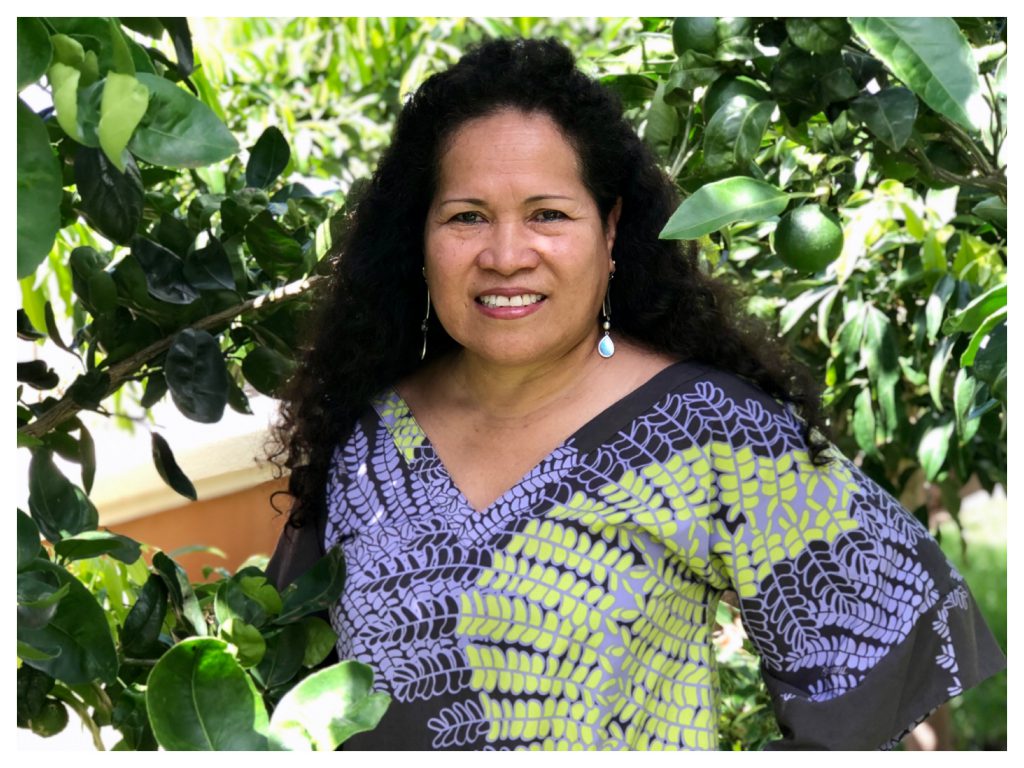
Leave a comment